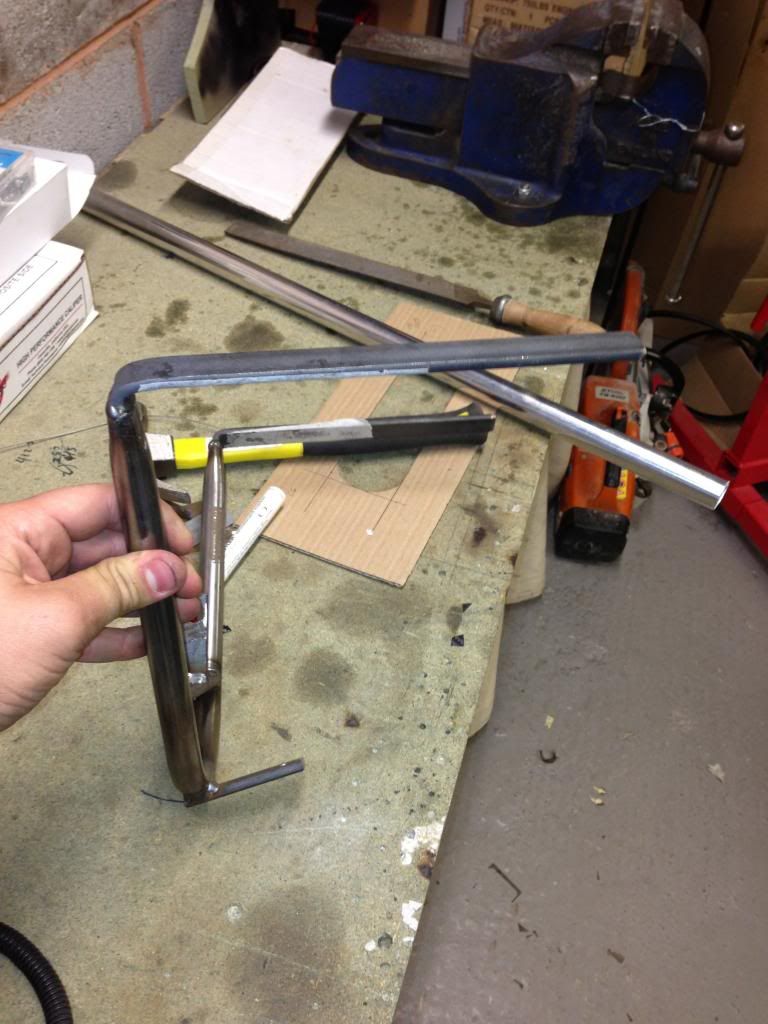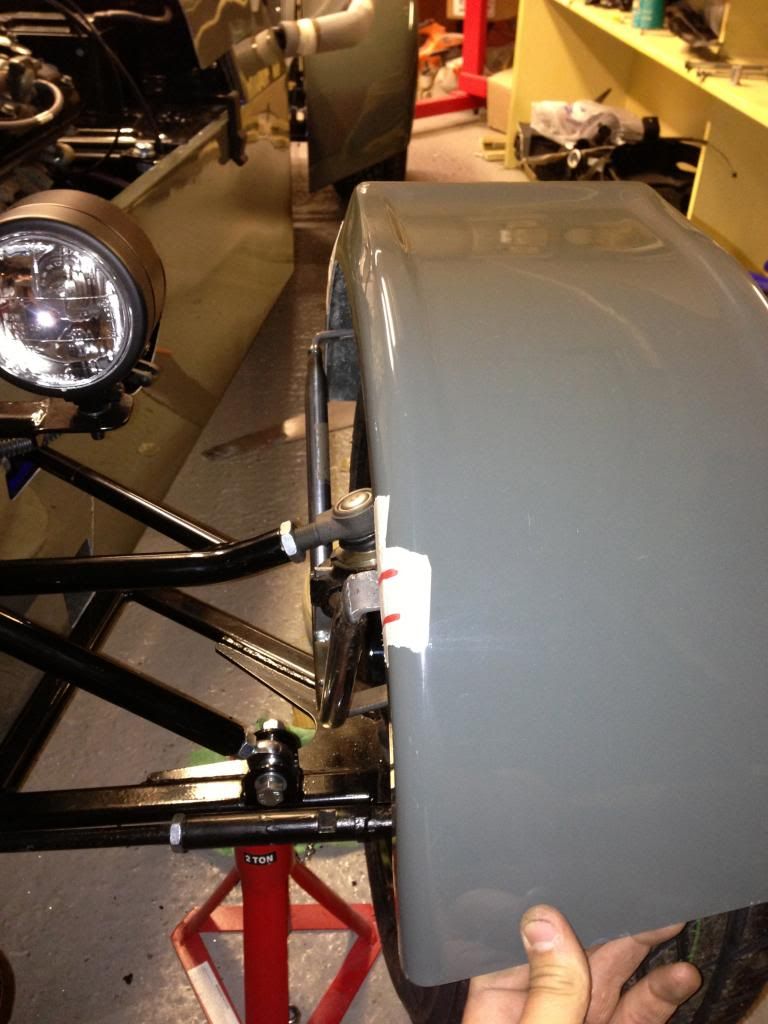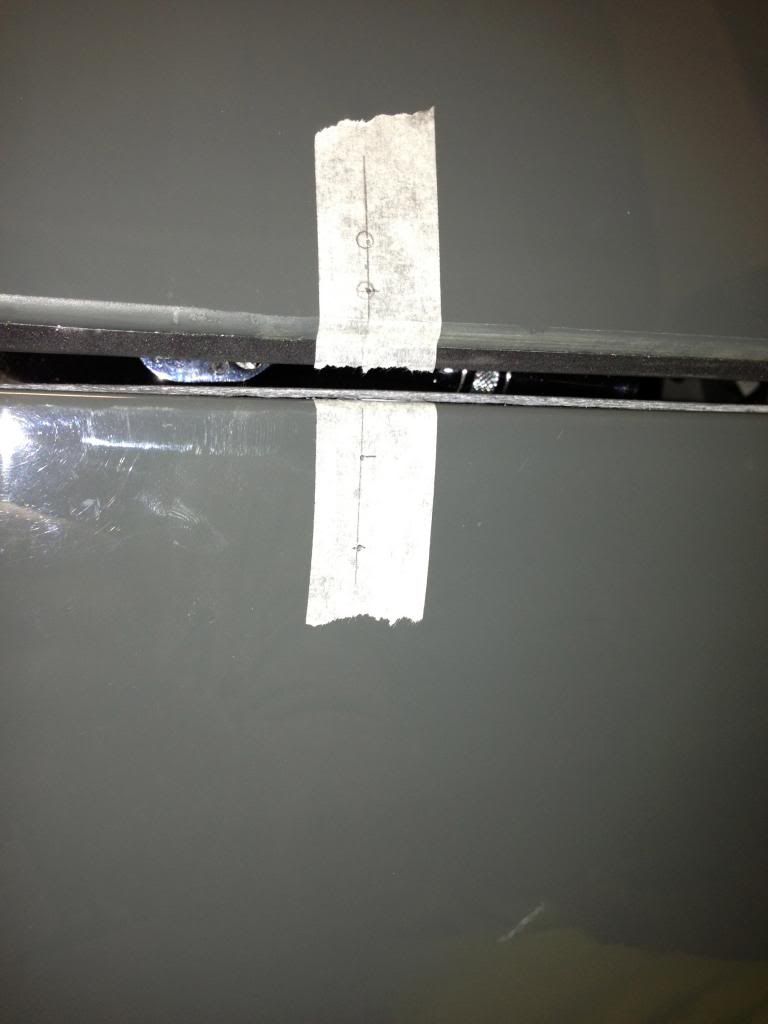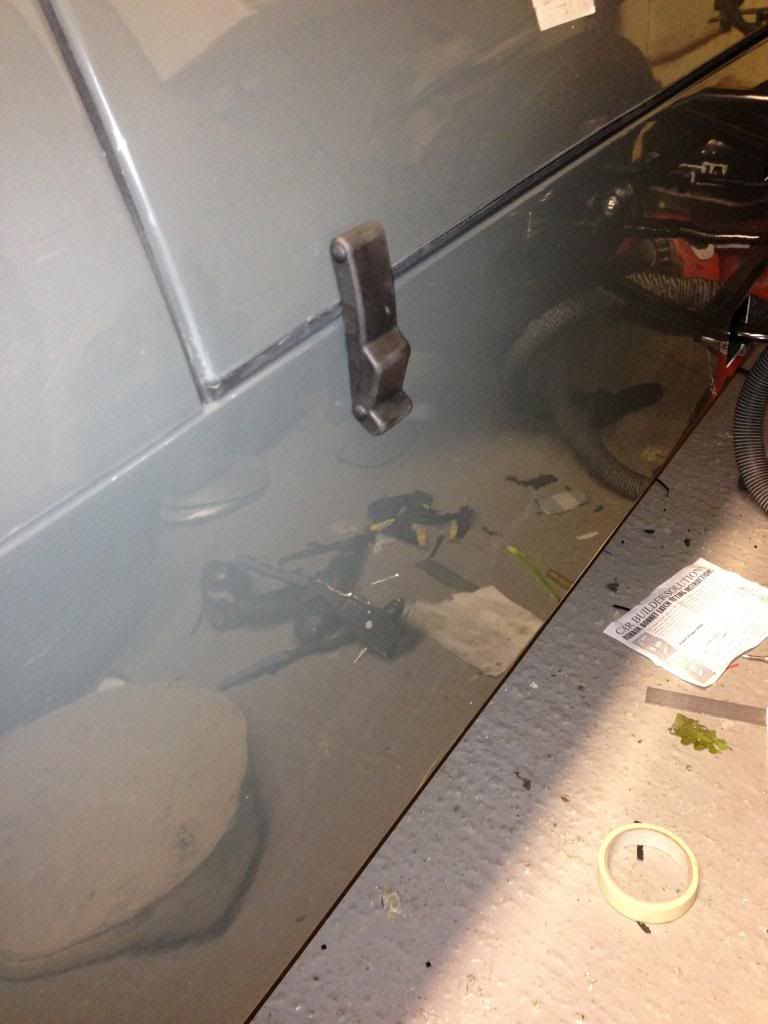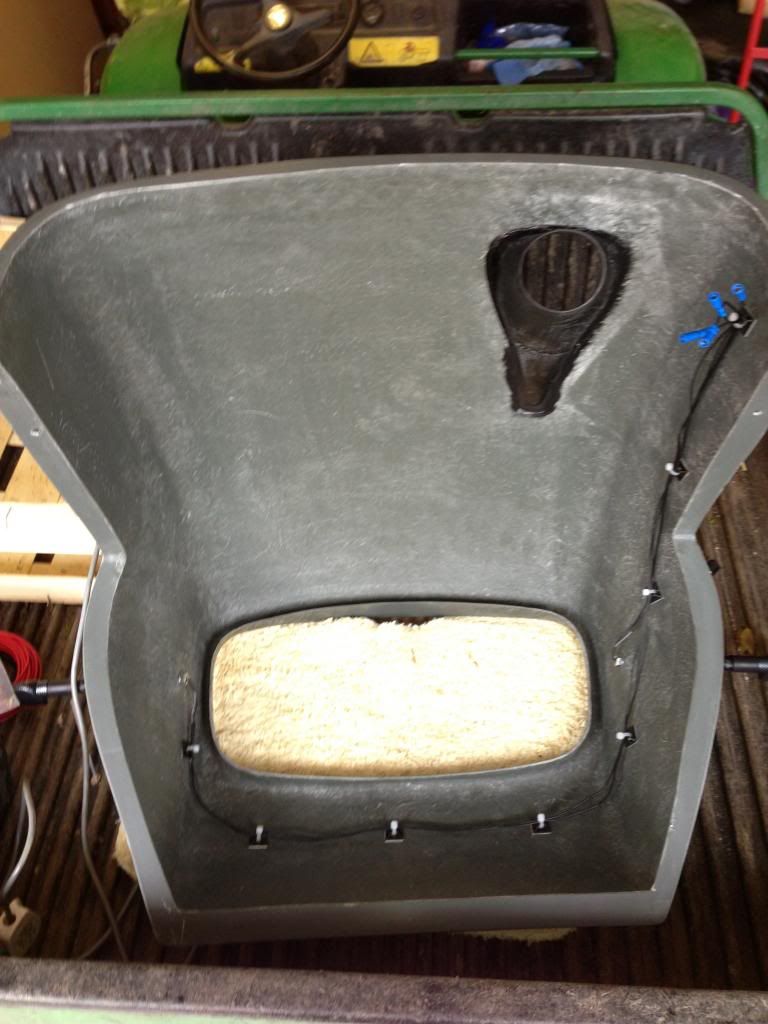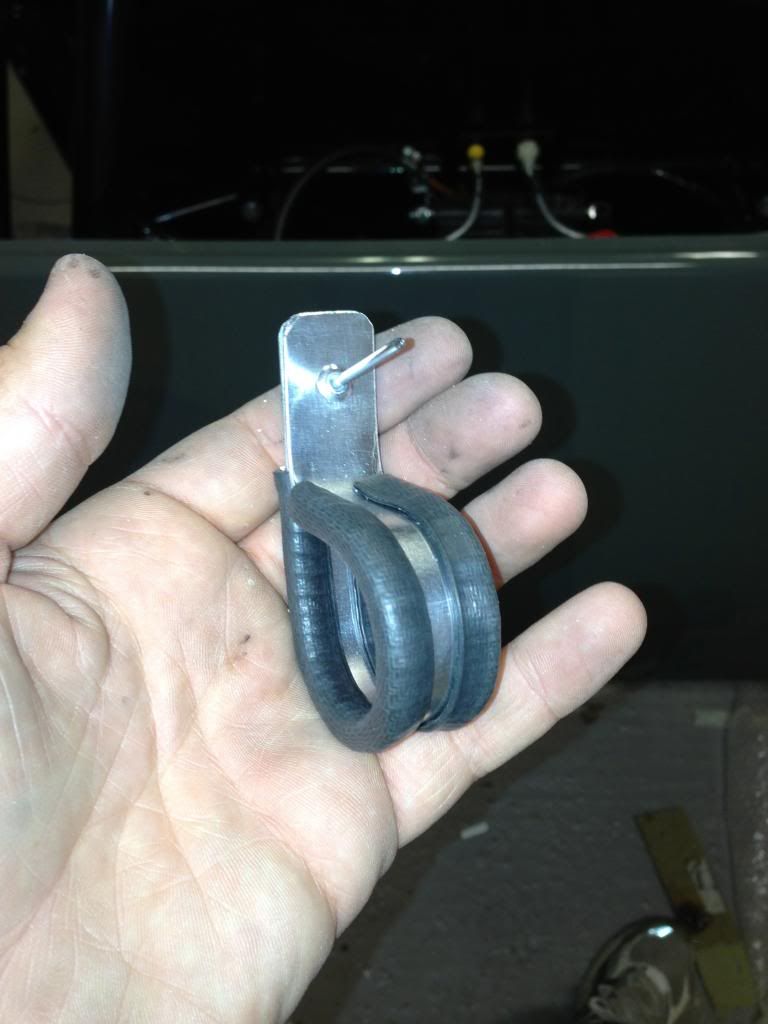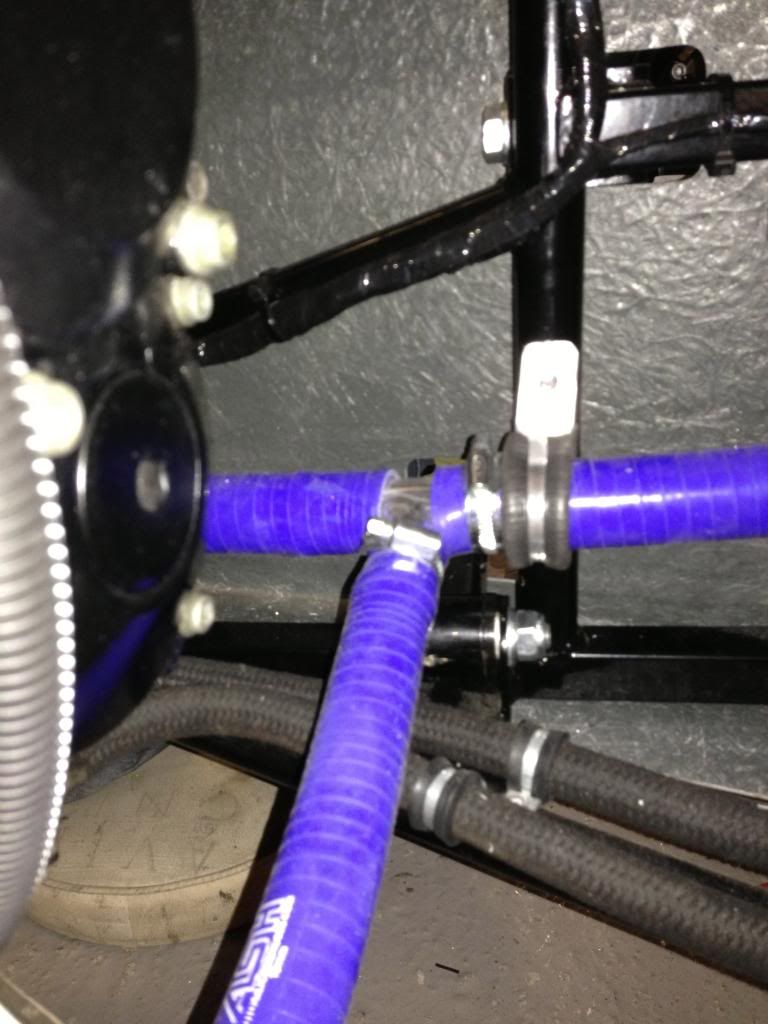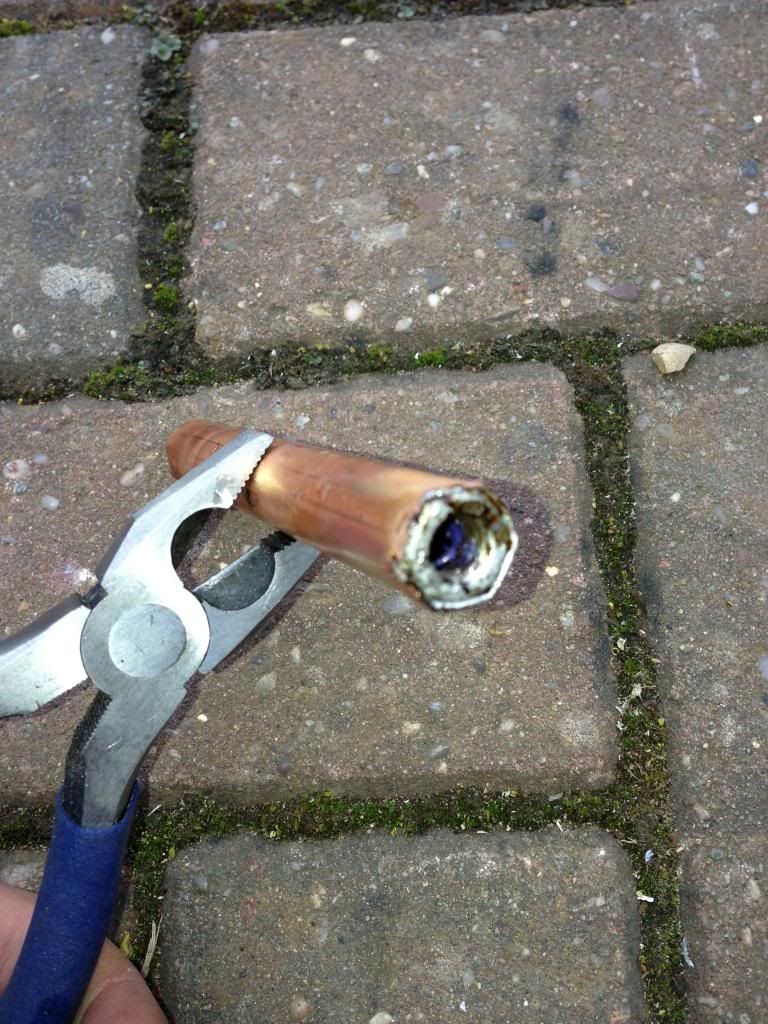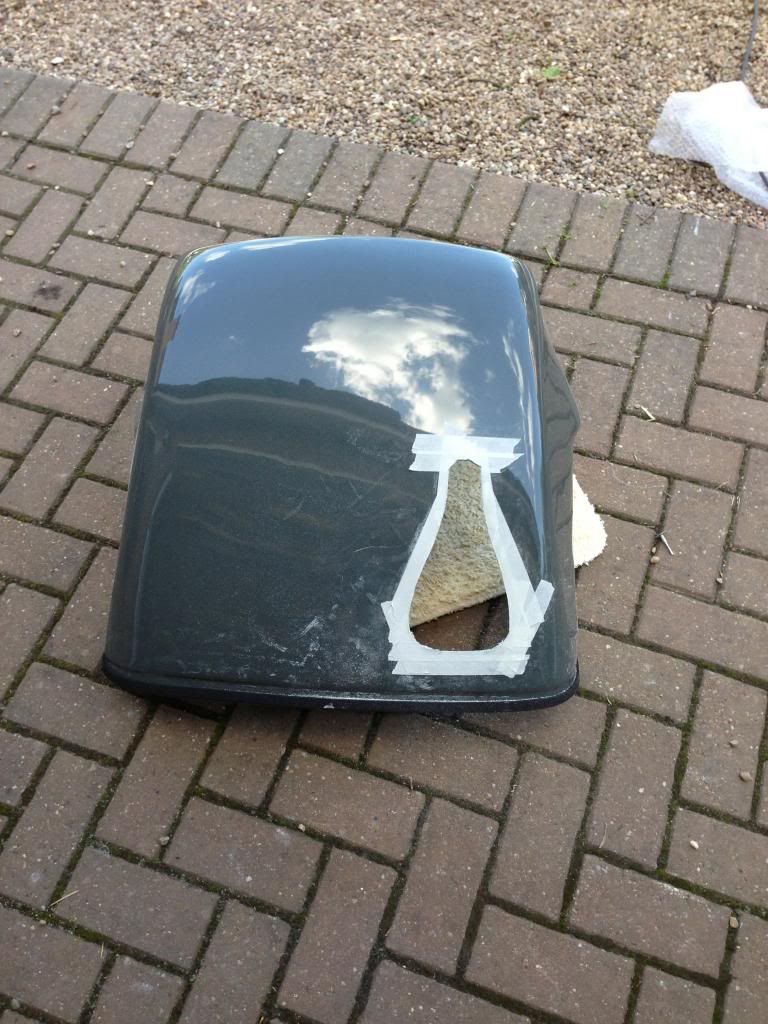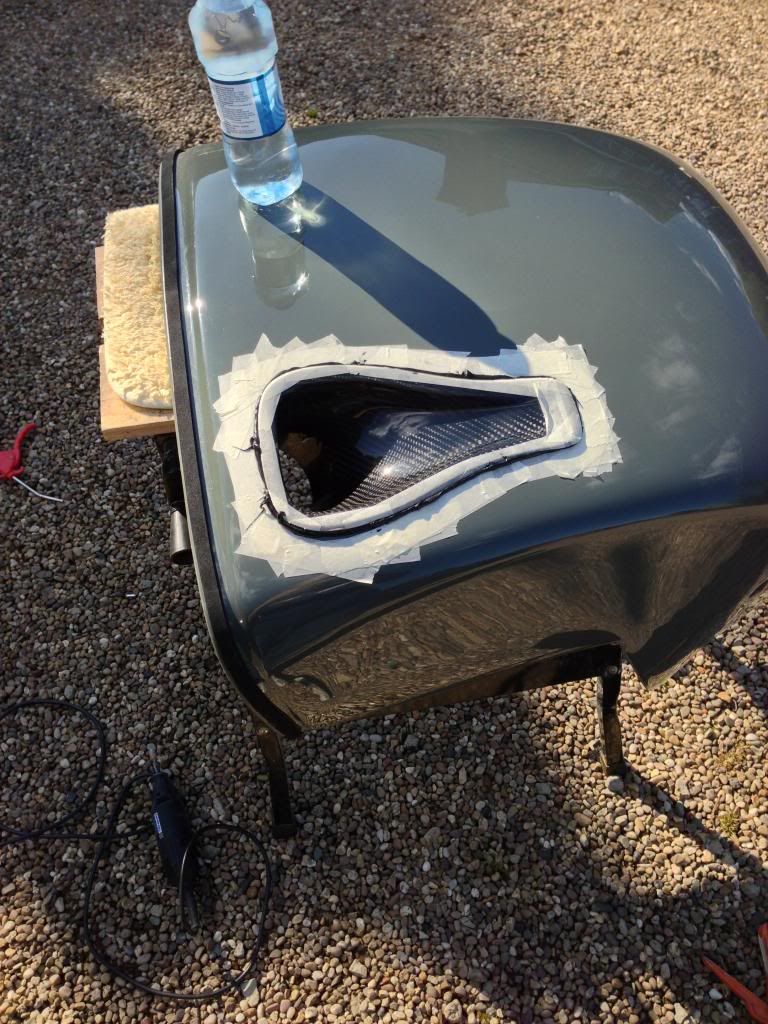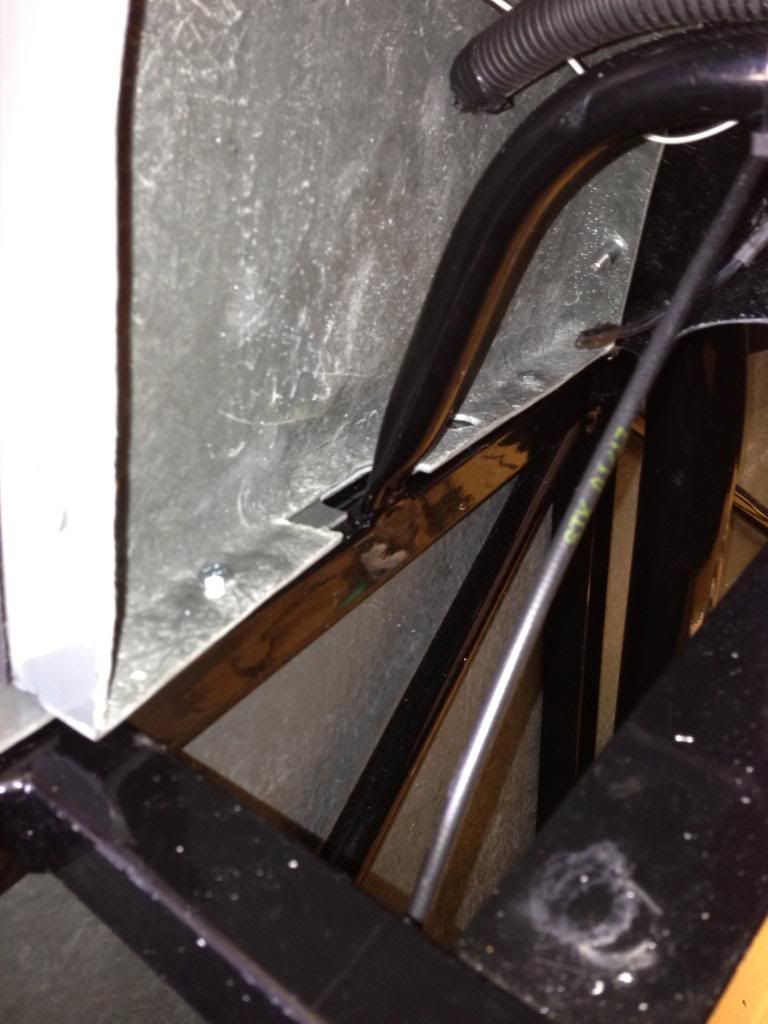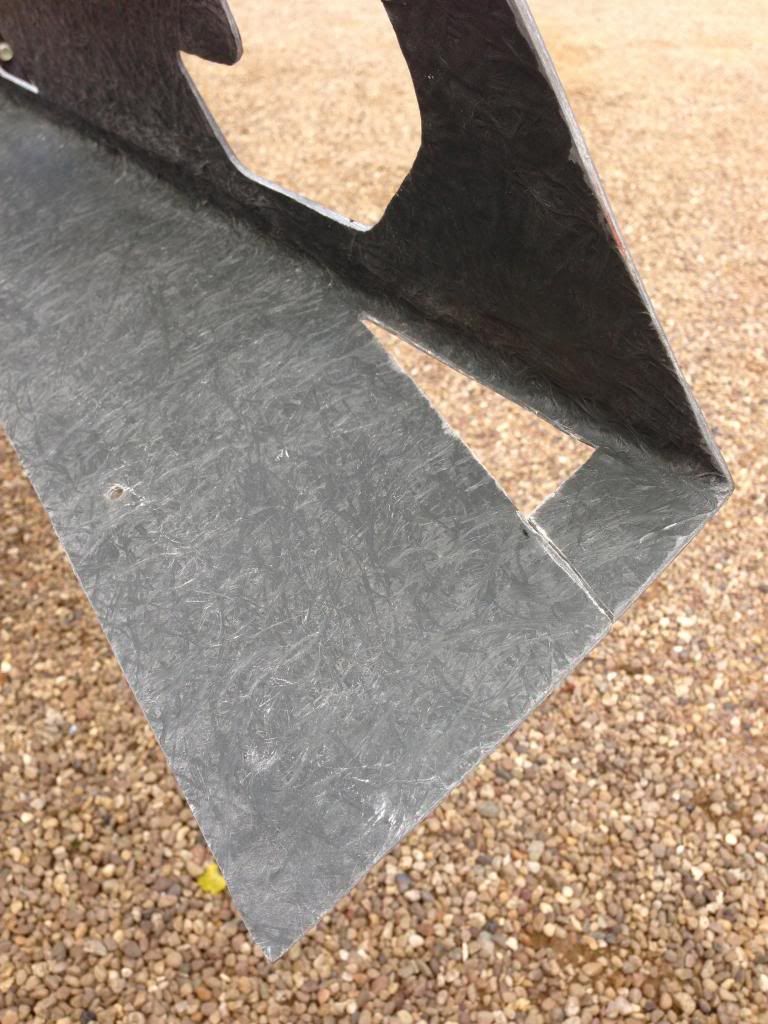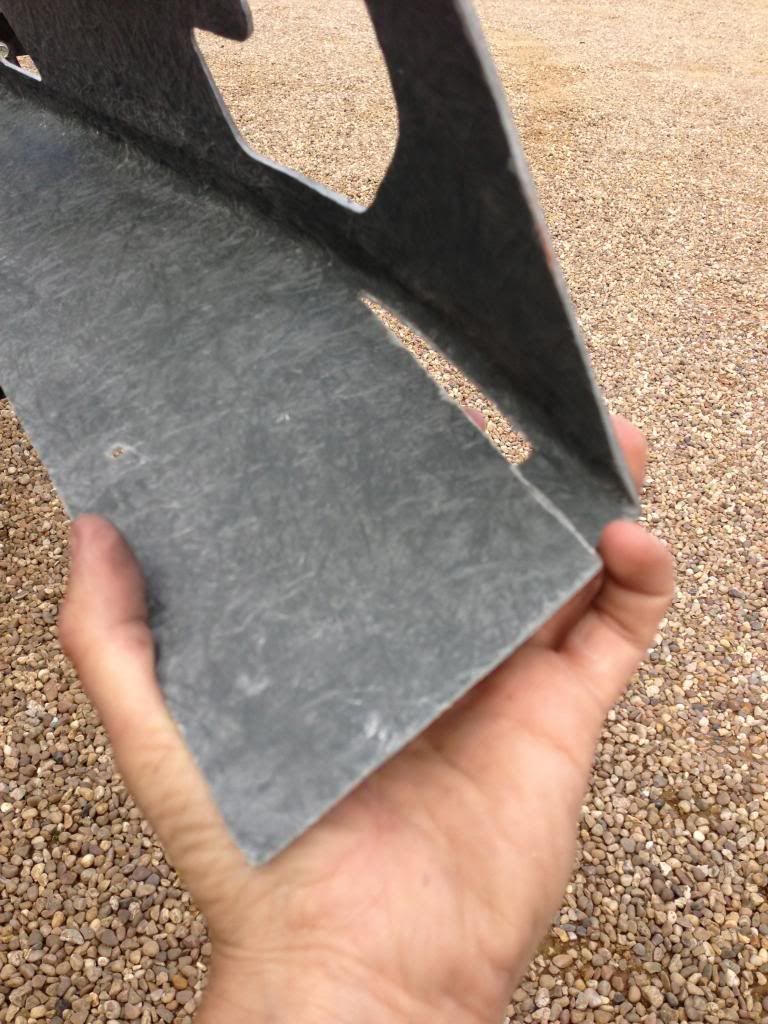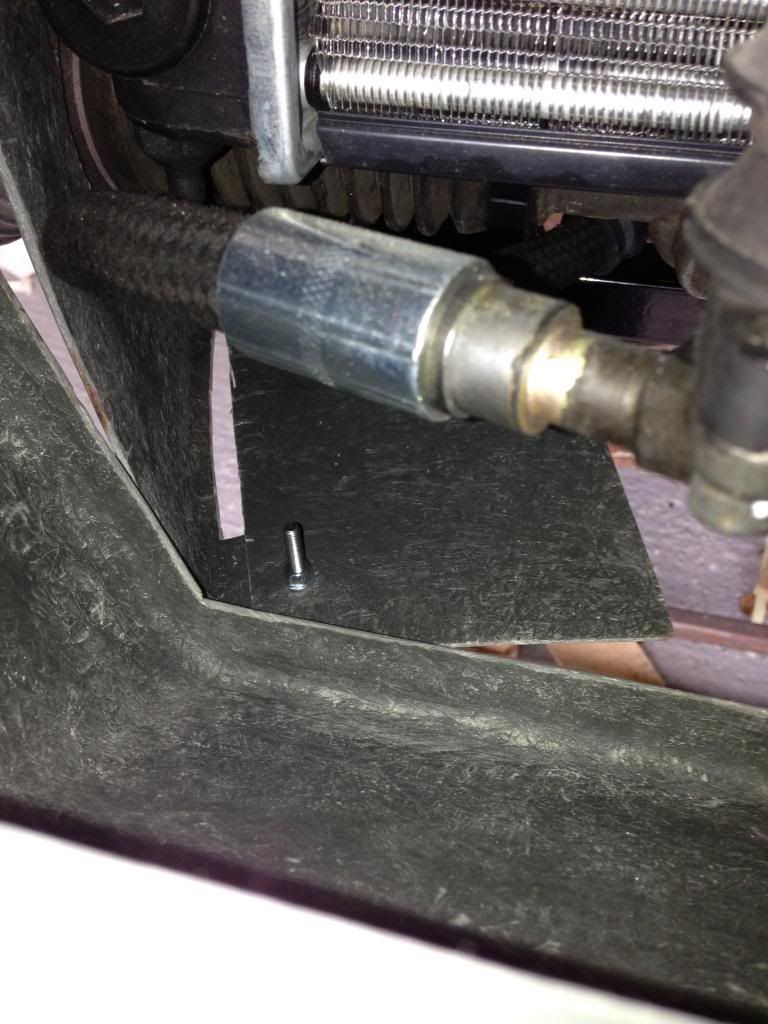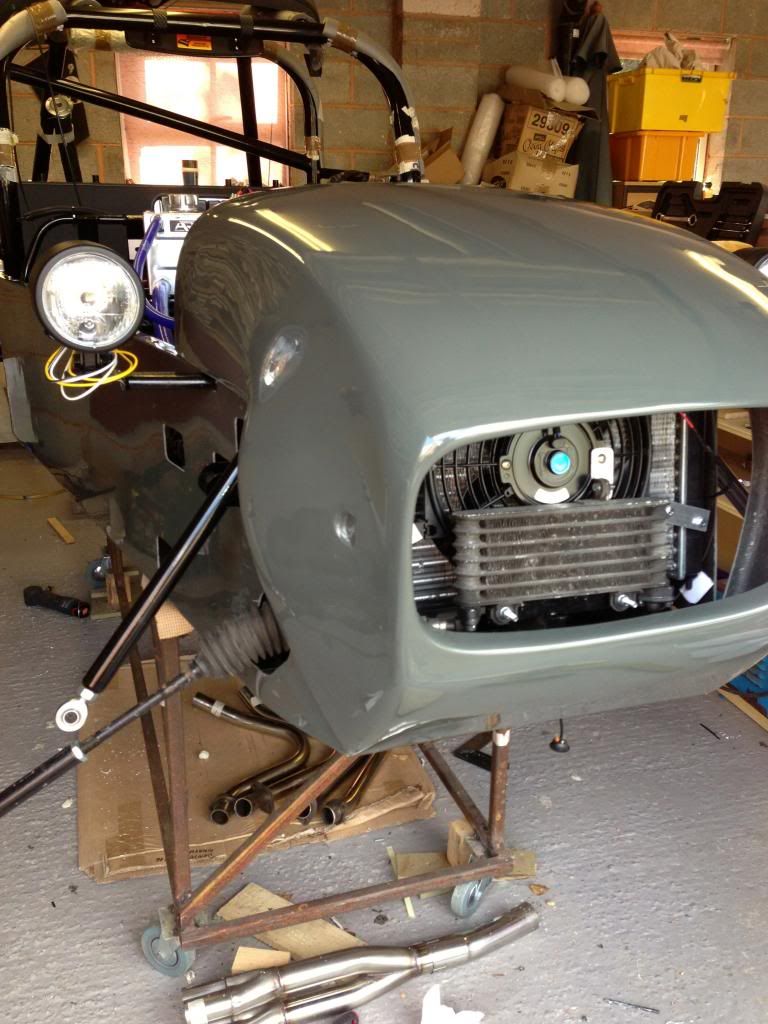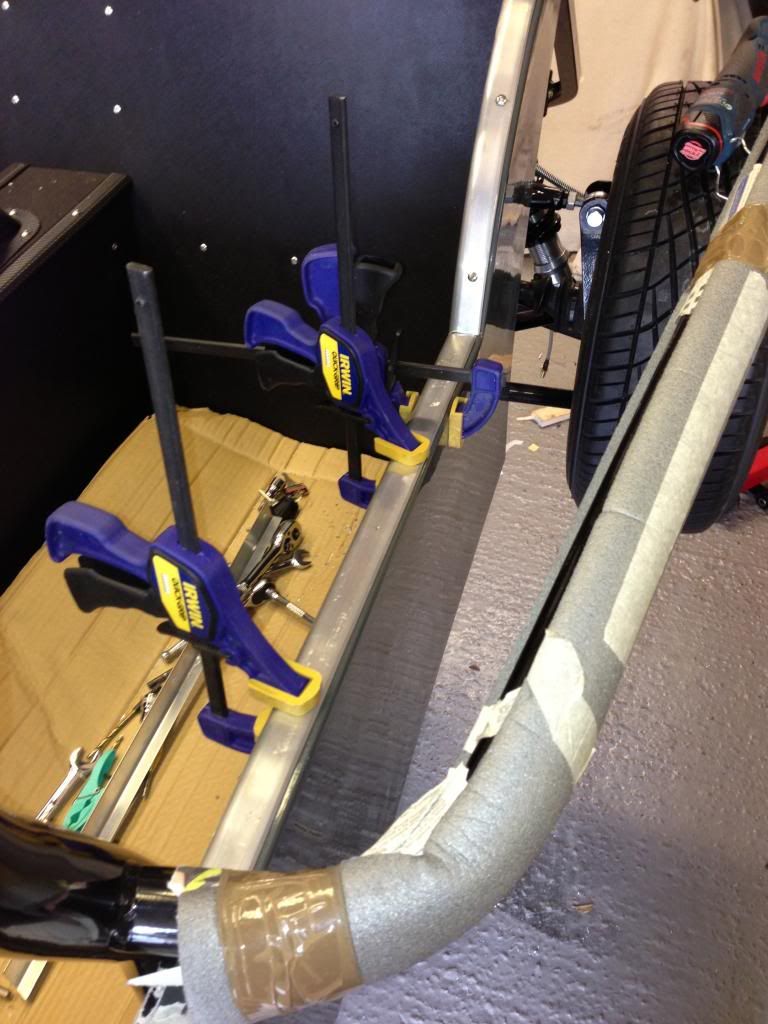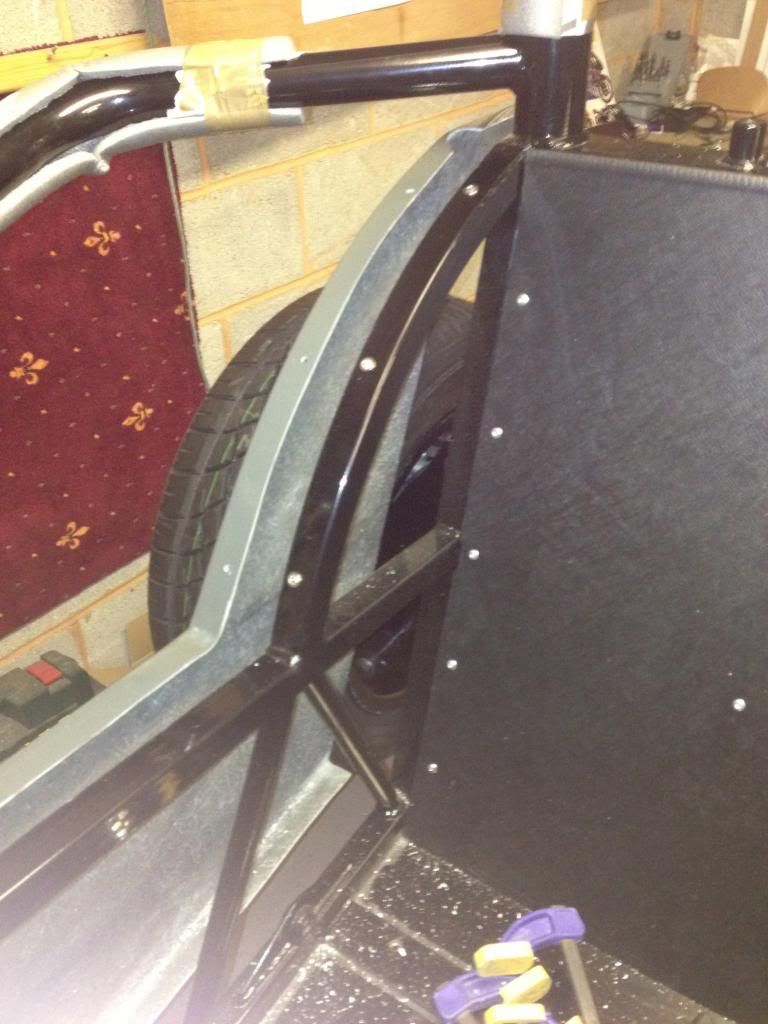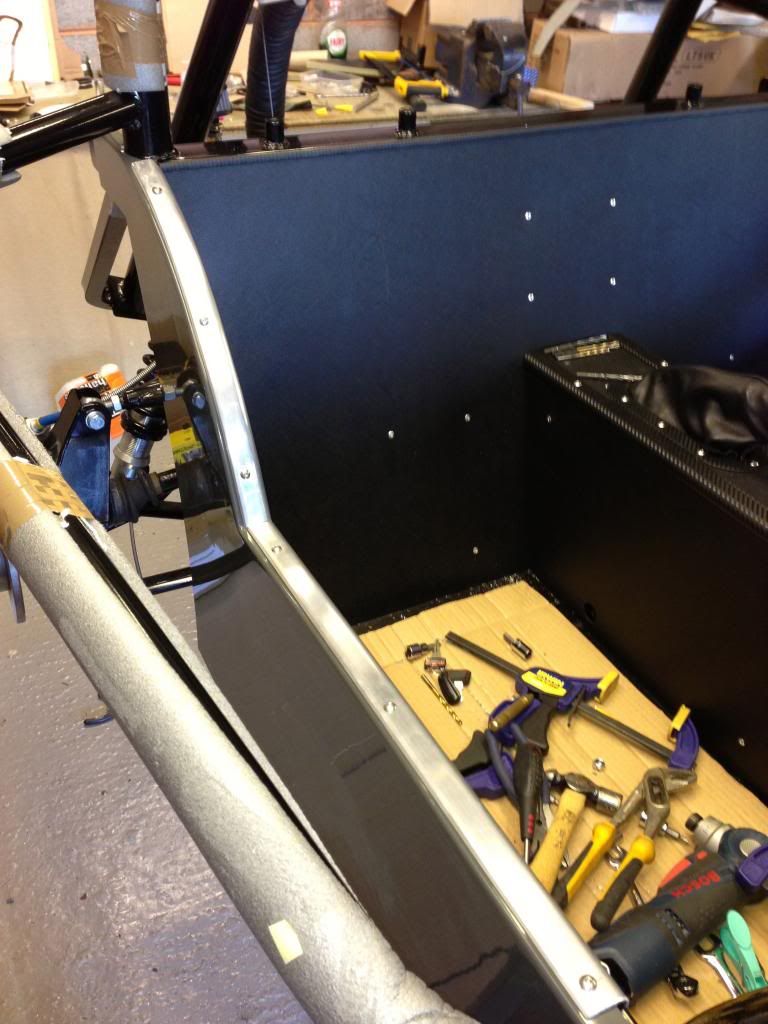Today I continued with the side panels and also fitted the scuttle and nose cone. To fit these I marked and drilled holes for the fixings in the scuttle and nose cone. I then put them in position and transfered the hole position to the top of the side panel so I could then drill out for the rivnut. I used 4no M5 bolts to hold the scuttle and the same for the nose cone.
Rivnuts for scuttle mounting bolts
Scuttle in position
On the MK the side panels do not line up correctly with the nose cone so I needed to cut a section out, bend the end in and drill and fix it in its new position.
Side panel marked up for cutting
Panel cut
Photo to show how the panel is bent
Panel bend, drilled and bolted in position
Bottom of side panel now lines up with edge of nose cone
After this I made a small change to the headlight wiring. I ran the switched negative feed to the headlight through the second pole on the side light switch. This was so the headlights would only switch on with the side lights. The reason for this was so should I be driving at night, it wouldnt be possible to forget to put on the side lights, other wise it would be possible to drive with headlights on but no tail lights.
Next I fixed the side panels, scuttle, dash, and nose cone in position. Hopefully I wont need to remove these again.
I also made a start on the wiring for the speedohealer and the gear indicator - these simply plug in to the bikes existing connections for the speed sensor and gear position sensor respectively. The gear indicator needs a switched positive feed which I took from one of the spares off the bike loom under the scuttle.
Photo below shows current state of the car. Next jobs are to finish the speedohealer and gear indicator which will allow me to install the fibreglass bulkhead. Once this is done I can install the bonnet, assemble the front wishbones, install rear panel with lights, rear arches, wheels and then lower to the ground with an engine crane. I am trying to get as much done while the car is at waist height as it will be a pain when I have to kneel or lie down to do any jobs.






